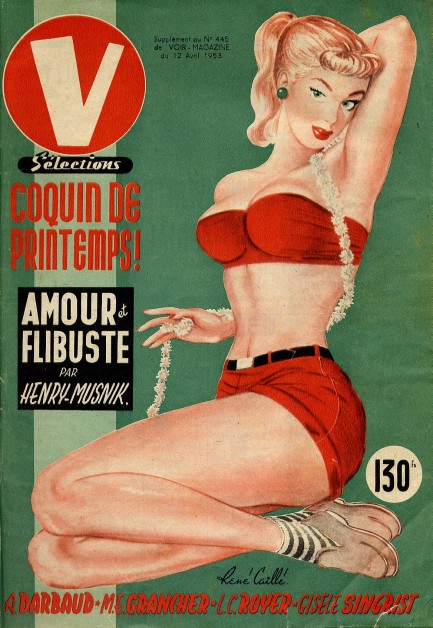| Hollywoodland | Apr 16 2020 |

Below, a collection of film stars, in Hollywood and other places, looking large and in charge while seated in director's chairs. In panel three the actress in the “Bonanza's guest” chair is Karen Sharpe. We don't expect you'll need help with the others, but if so our keywords list them in order.

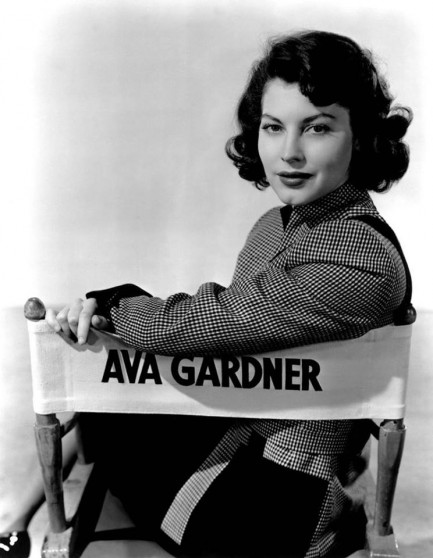
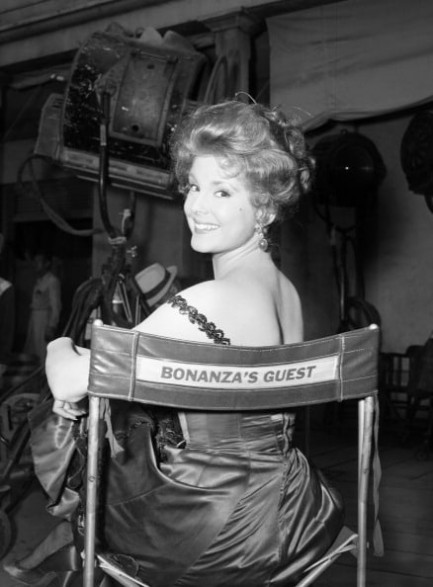
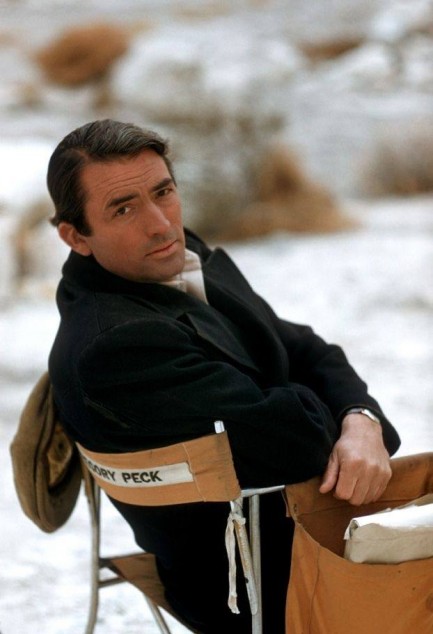

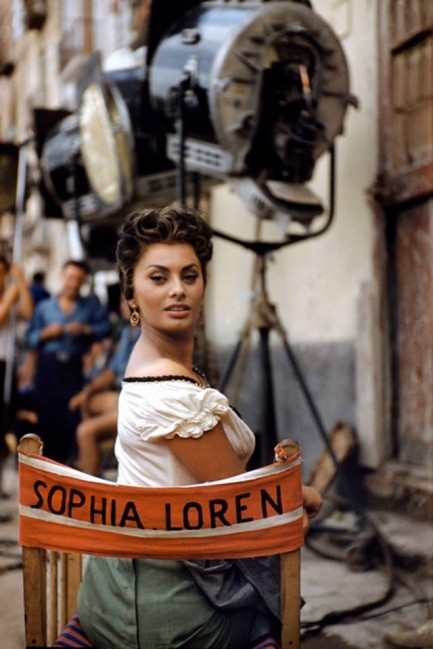
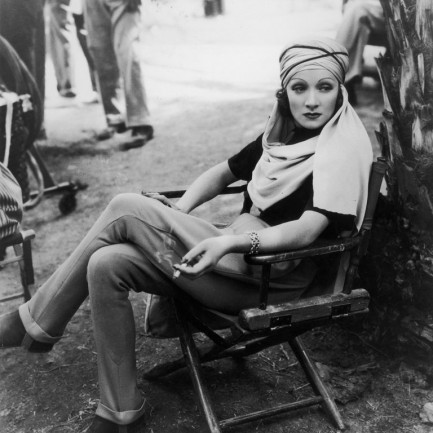
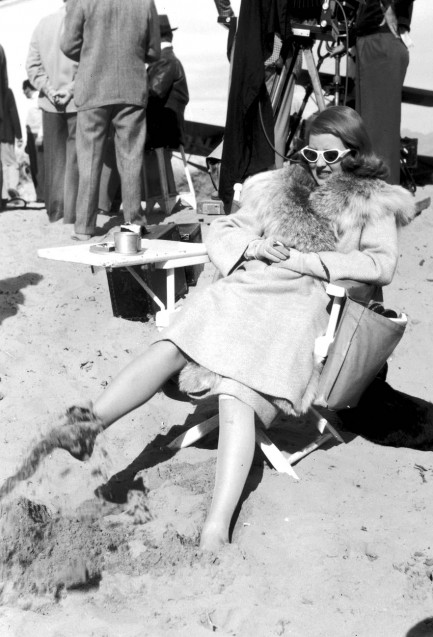
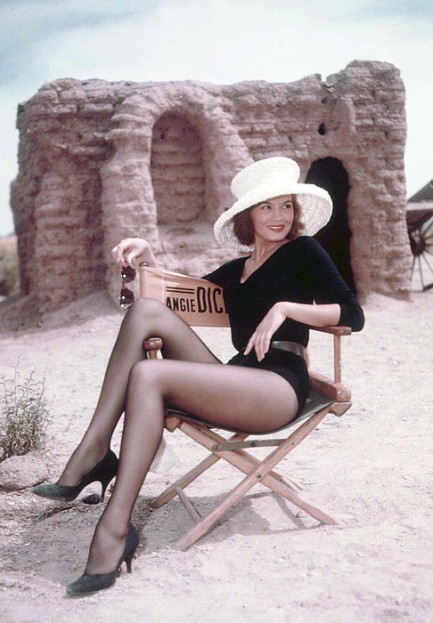
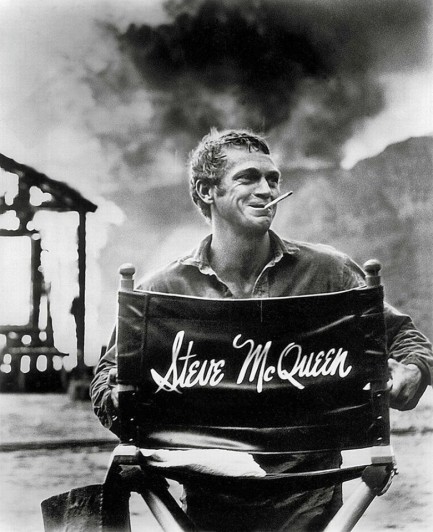

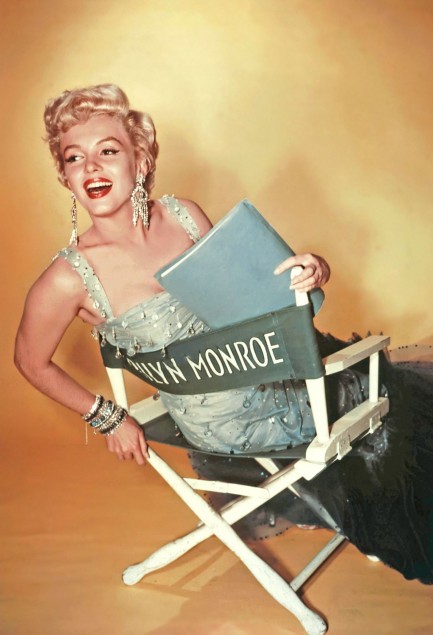
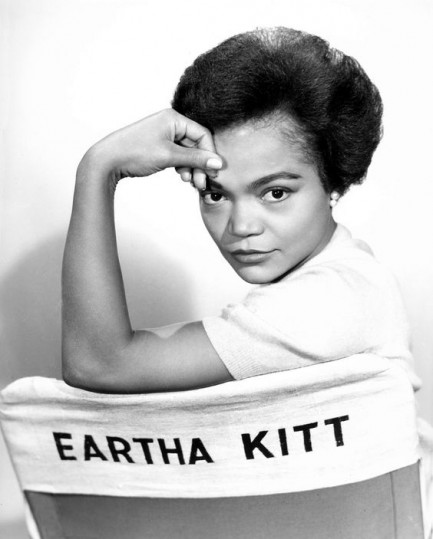
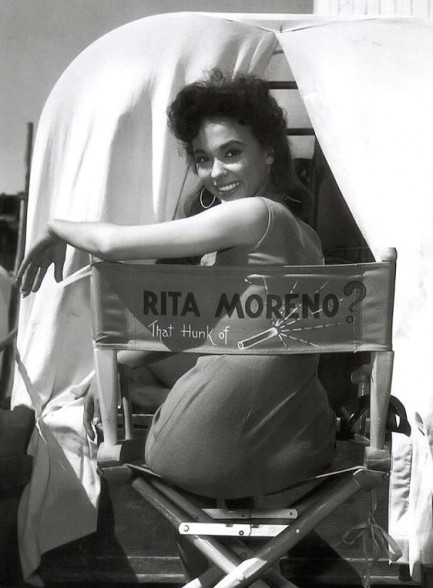
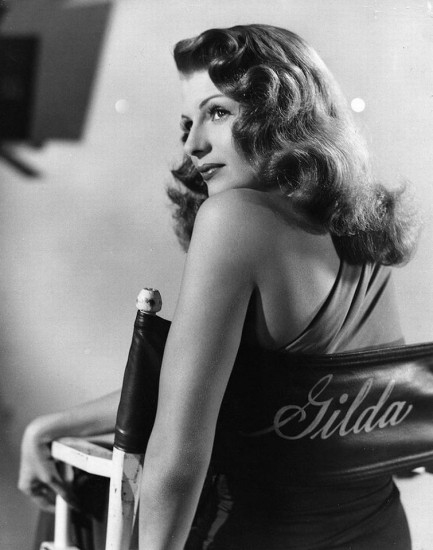
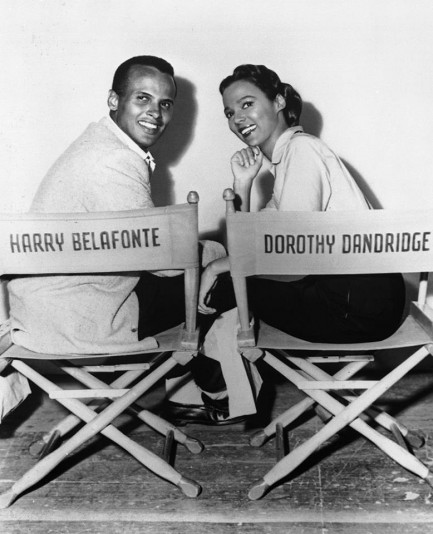
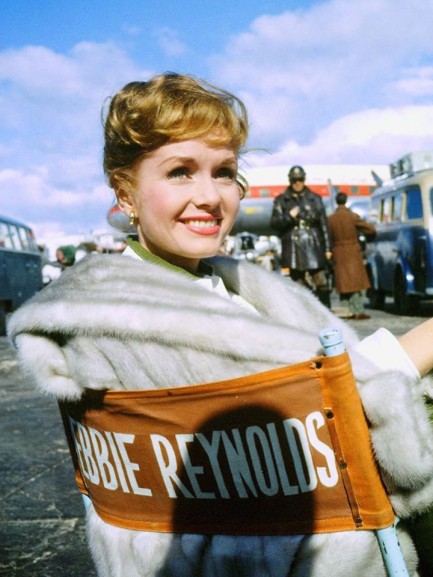
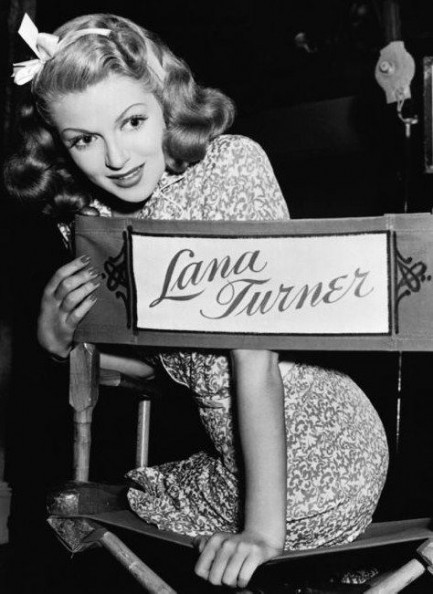
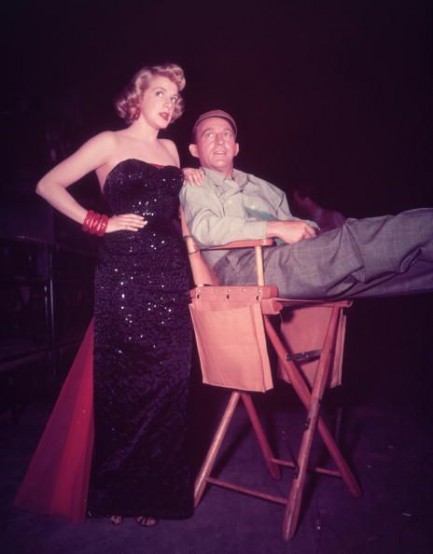

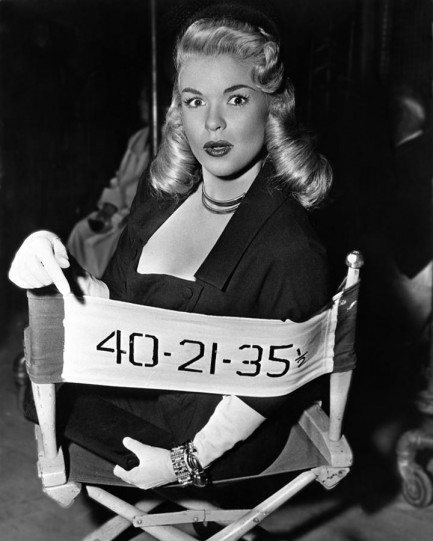
| Intl. Notebook | Jul 28 2018 |

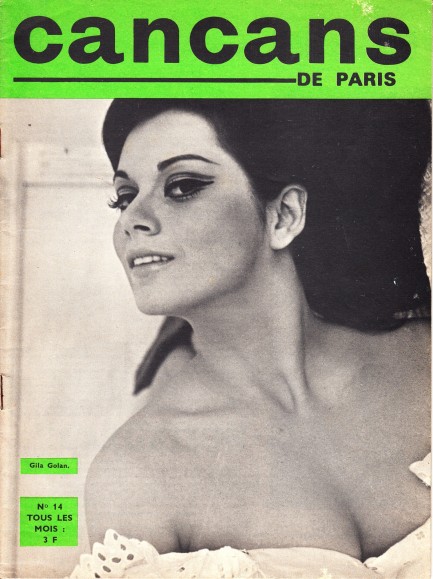
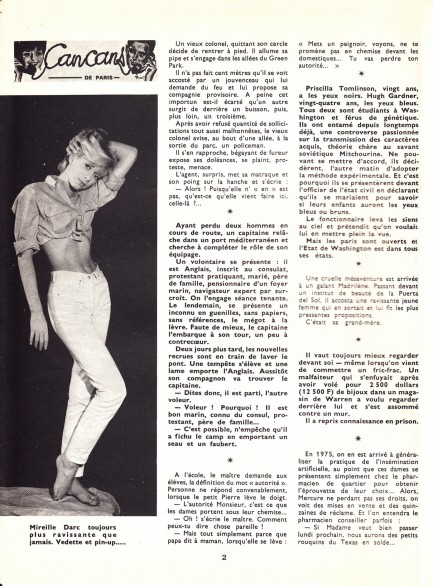
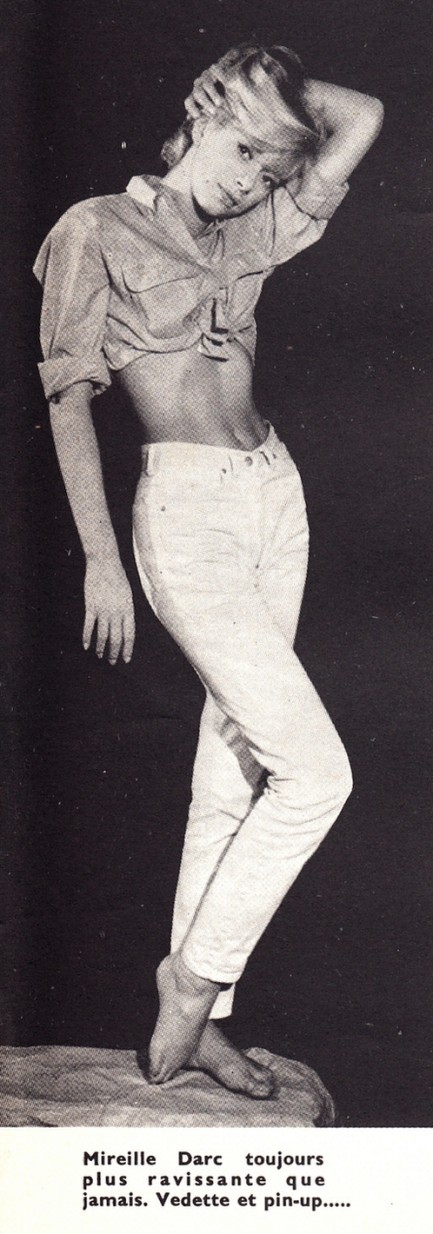
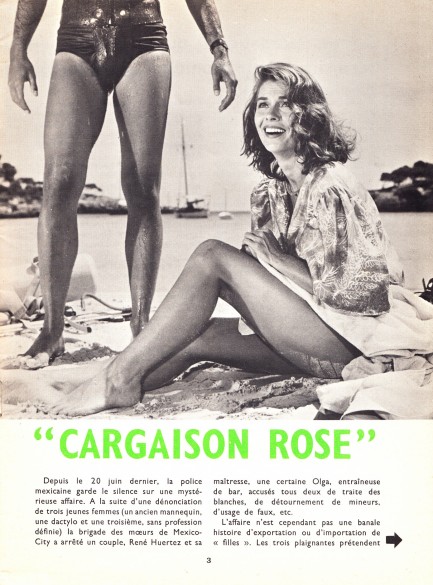
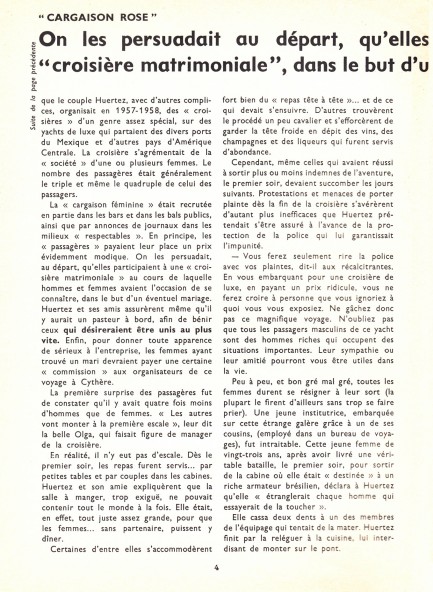
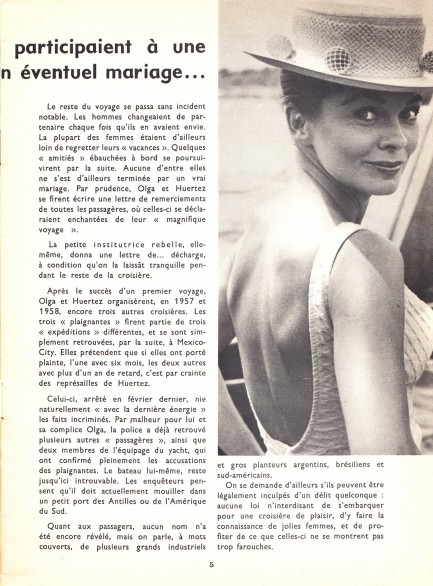
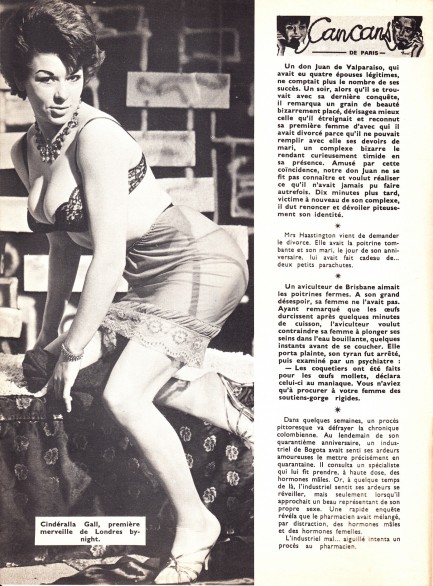
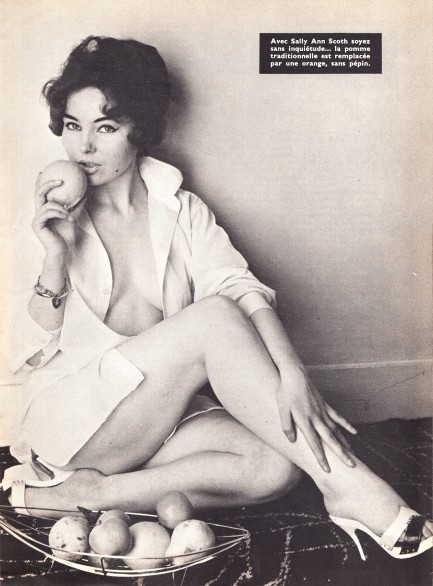
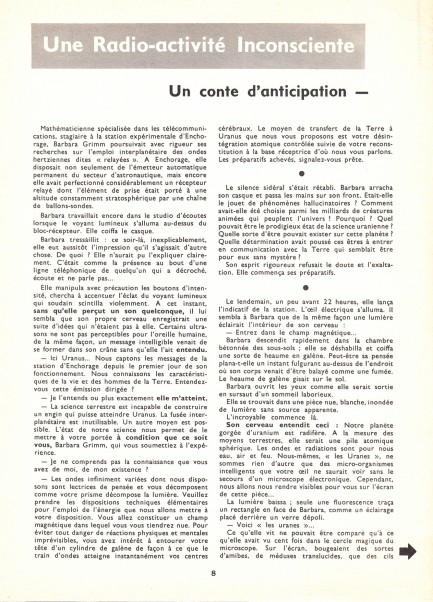
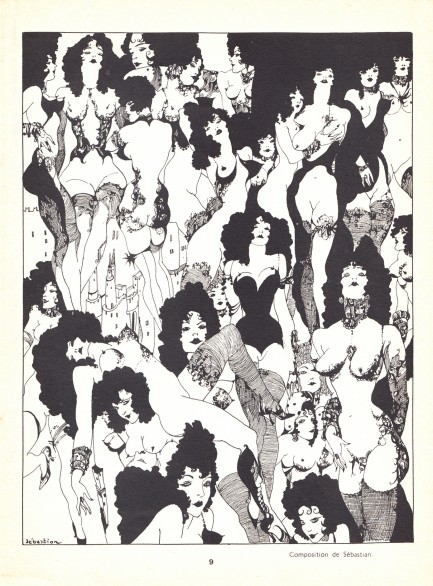
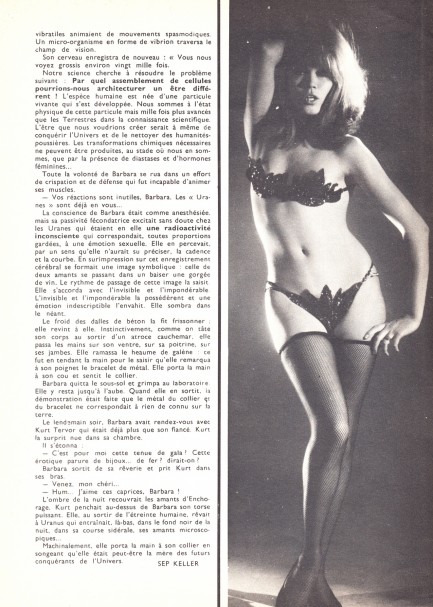
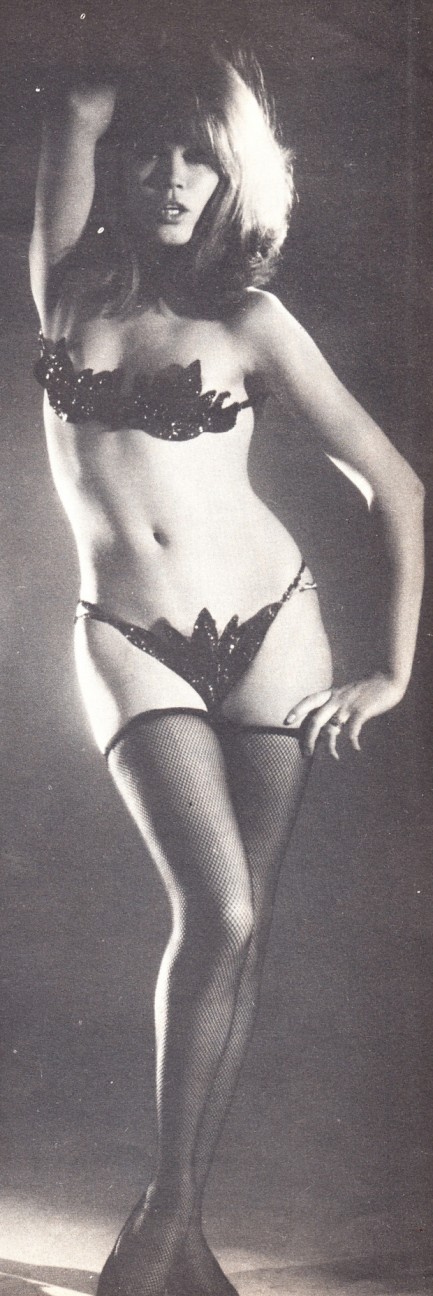
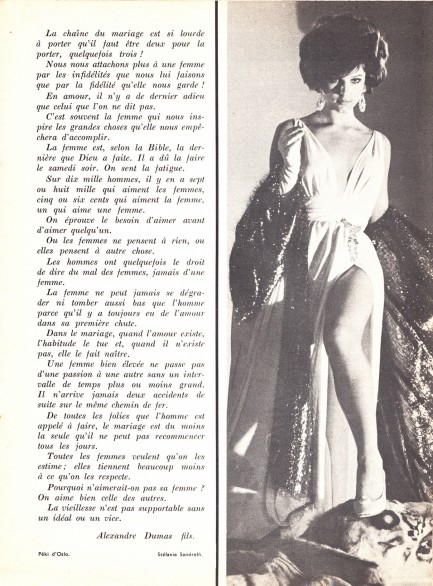

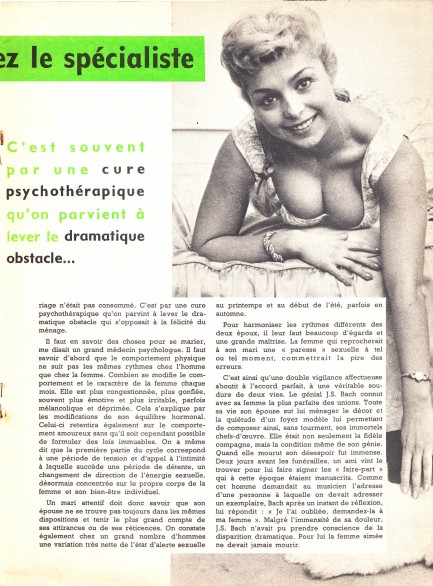
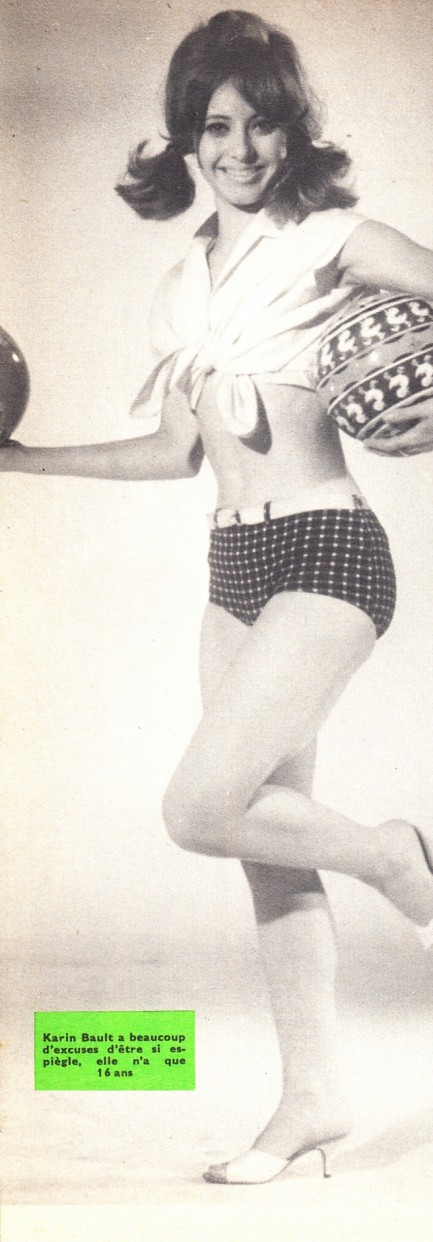
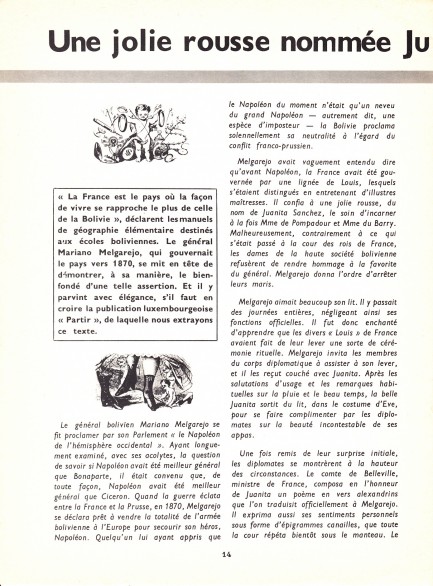
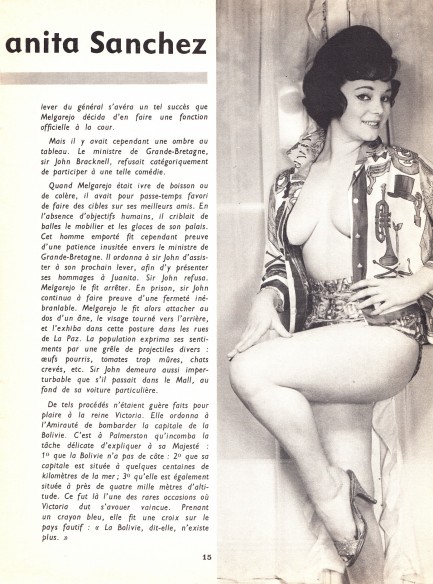

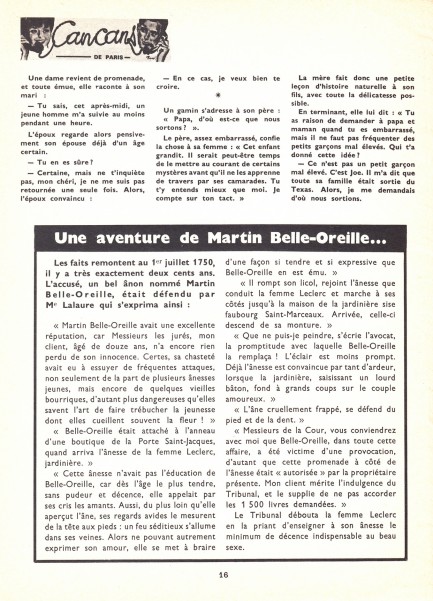
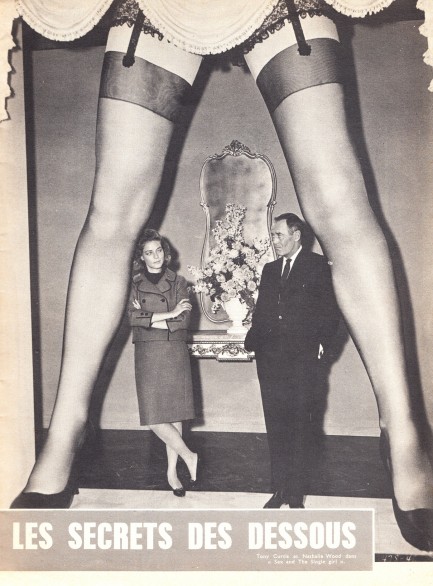
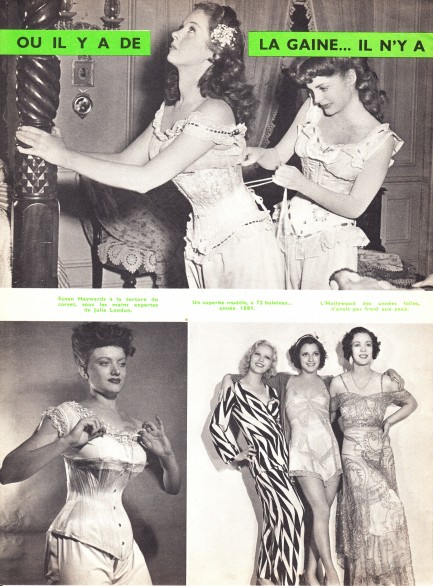
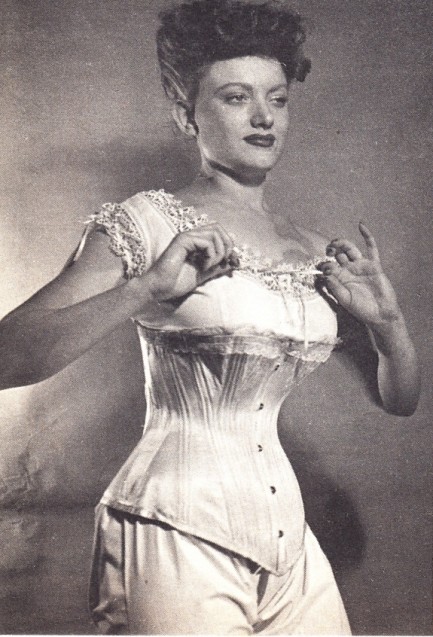
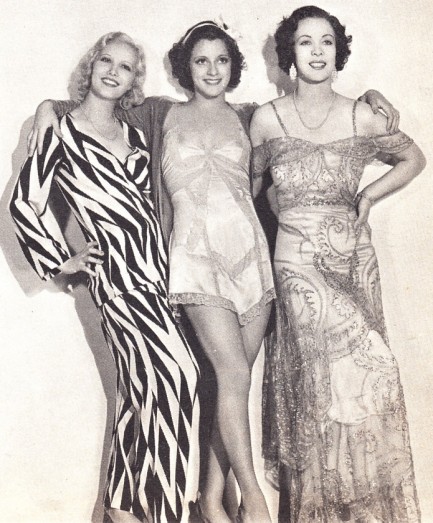
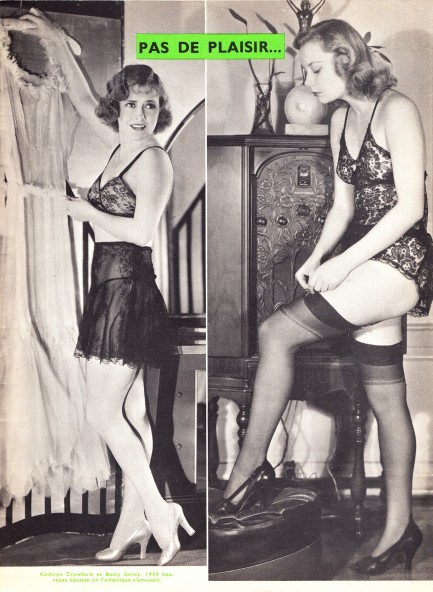
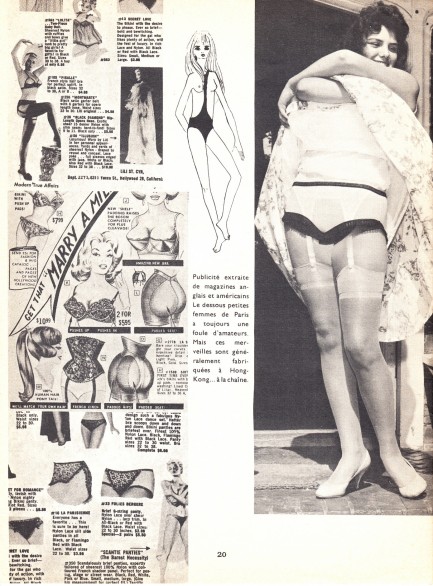
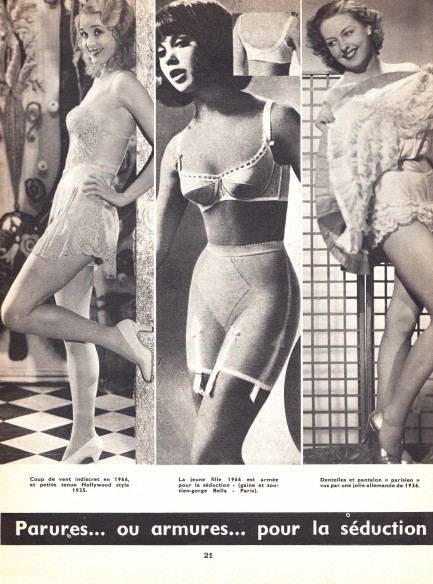

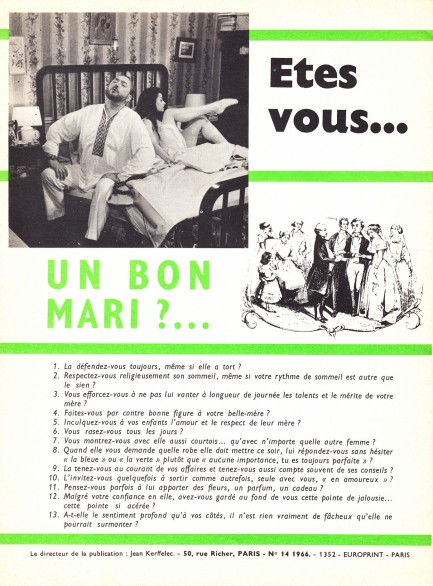

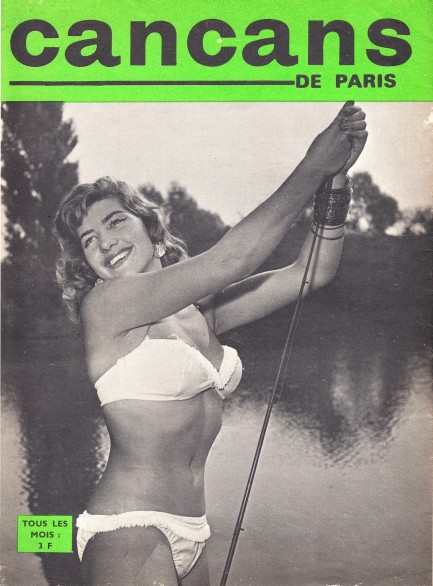
| Vintage Pulp | Mar 18 2018 |

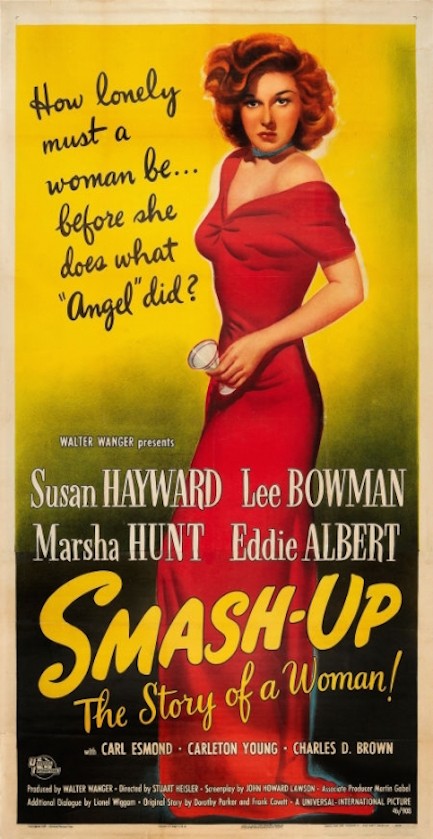
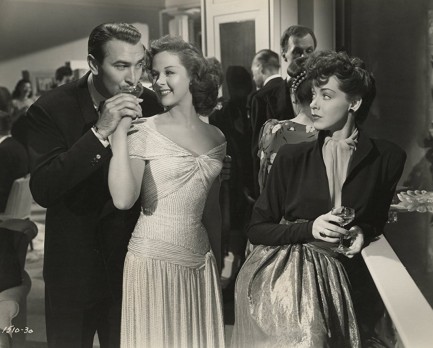
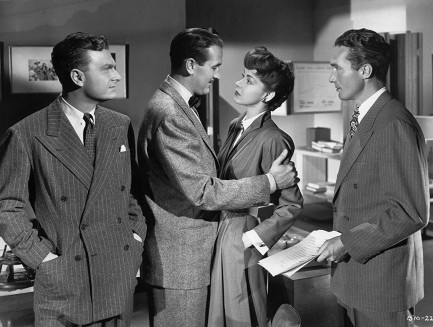
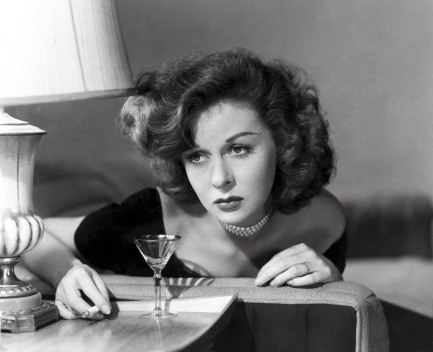
| Femmes Fatales | Nov 4 2017 |

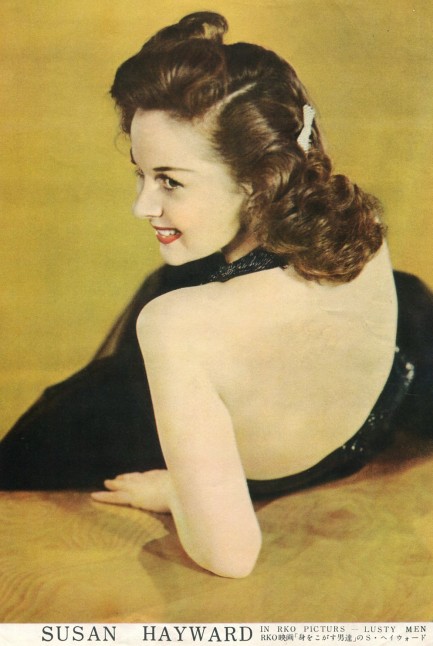
| Hollywoodland | Jun 30 2015 |

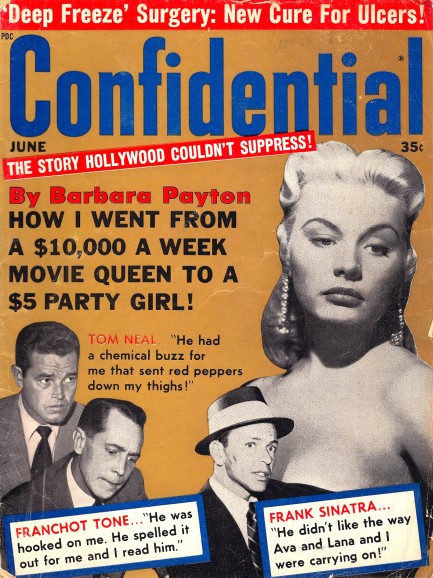
This gold colored June 1963 cover for Confidential magazine is entirely given over to actress Barbara Payton, whose self-penned hard-luck story appears inside and details her life troubles. The tale is well known and is one we’ve touched upon before—early marriage and early motherhood, followed by stardom, romances, and riches, followed by booze, drugs, divorces and crime. Confidential being Confidential, the editors neglect to mention that the story here is not an exclusive, but rather is excerpted from I Am Not Ashamed, Payton’s painfully revealing autobiography.
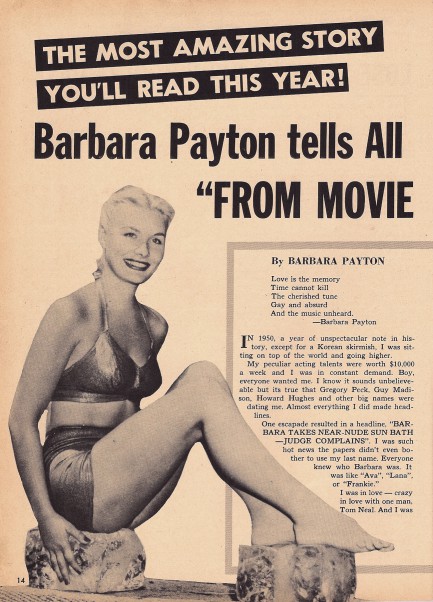
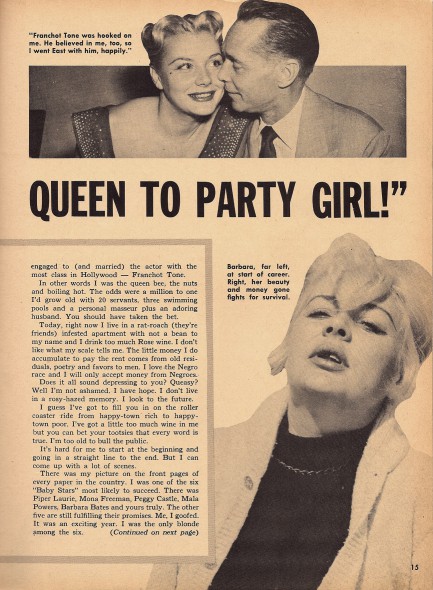 temperatures wherever I went. Today I have three long knife wounds on my solid frame. One extends from my buttocks down my thigh and needed I don’t remember how many stitches.” Payton’s anecdotes are cringe worthy, but they read like she’d gotten a grip on her life. No such luck. After four more long years of drugs, drink, and disaster she was found dead on her bathroom floor in 1967.
temperatures wherever I went. Today I have three long knife wounds on my solid frame. One extends from my buttocks down my thigh and needed I don’t remember how many stitches.” Payton’s anecdotes are cringe worthy, but they read like she’d gotten a grip on her life. No such luck. After four more long years of drugs, drink, and disaster she was found dead on her bathroom floor in 1967.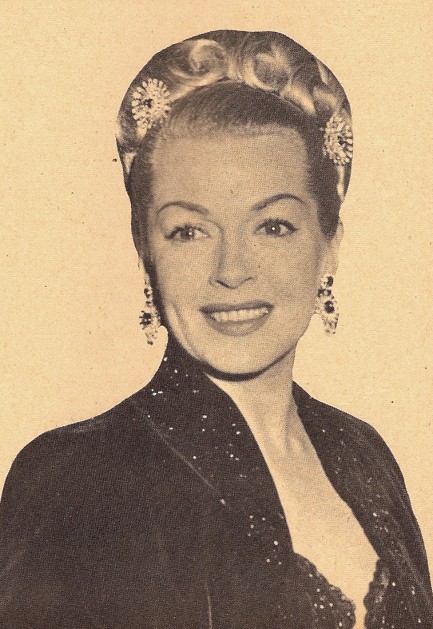 We like that passage, because nearly all the stories about Payton declare, or at least suggest, that everything that happened after Hollywood stardom was part of a terminal plummet. That’s pretty much the default setting in American journalism—anything other than wealth and fame is by definition failure. It’s an idiotic conceit, even a harmful one, and Payton reveals that in Mexico she landed someplace solid and safe, and got along fine without money or recognition. Two years of happiness is nothing to take lightly. But she just couldn’t sit still—not because of where she was, but because of who she was.
We like that passage, because nearly all the stories about Payton declare, or at least suggest, that everything that happened after Hollywood stardom was part of a terminal plummet. That’s pretty much the default setting in American journalism—anything other than wealth and fame is by definition failure. It’s an idiotic conceit, even a harmful one, and Payton reveals that in Mexico she landed someplace solid and safe, and got along fine without money or recognition. Two years of happiness is nothing to take lightly. But she just couldn’t sit still—not because of where she was, but because of who she was.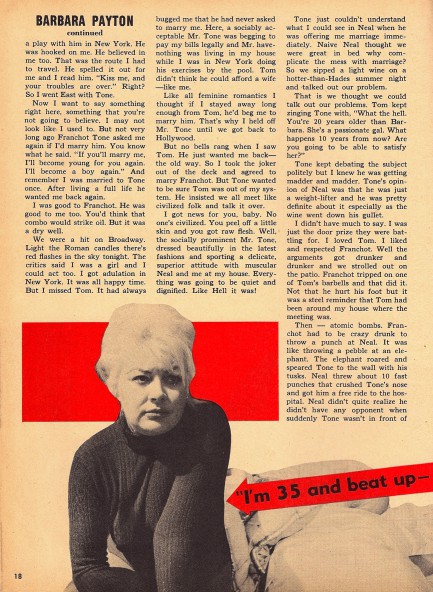
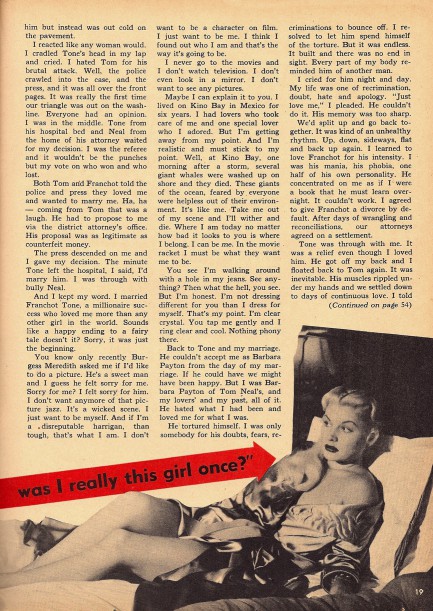
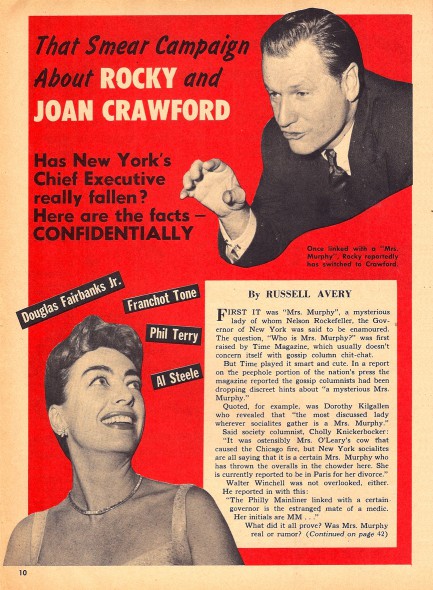
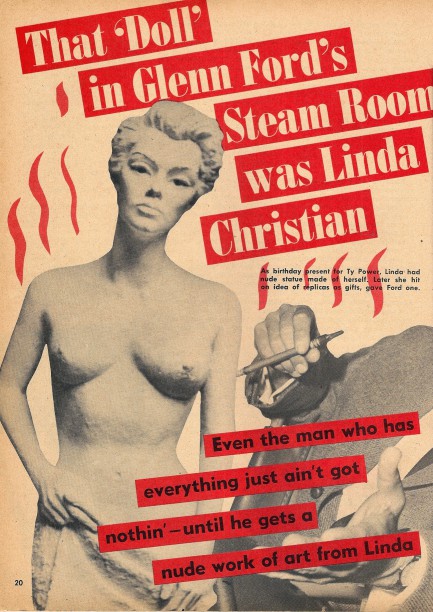
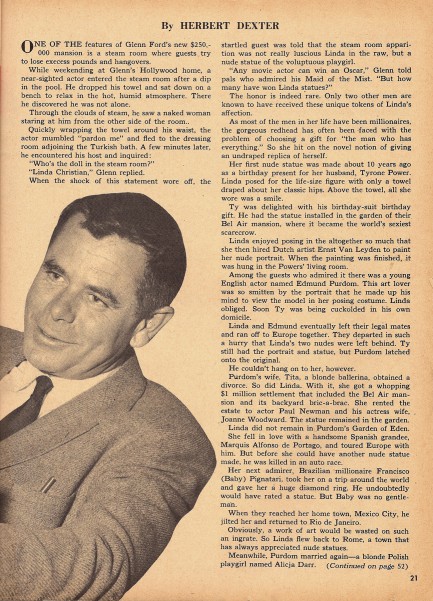
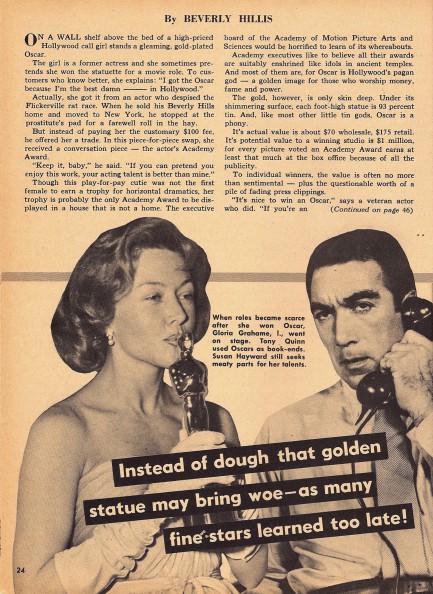
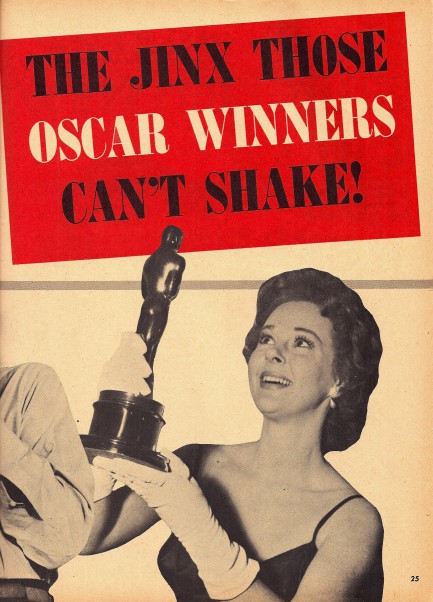
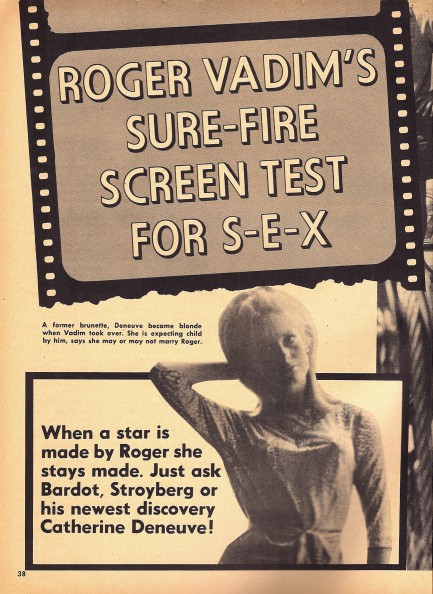
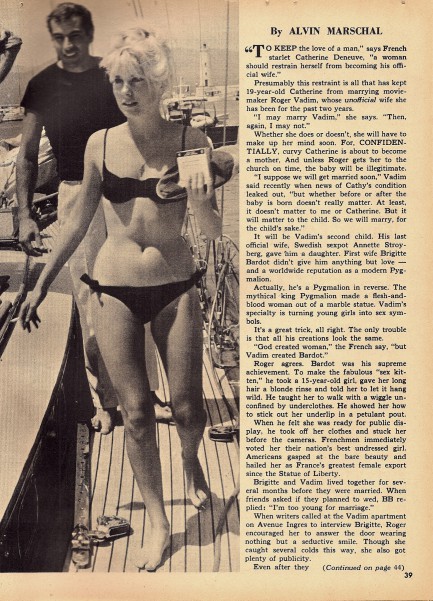
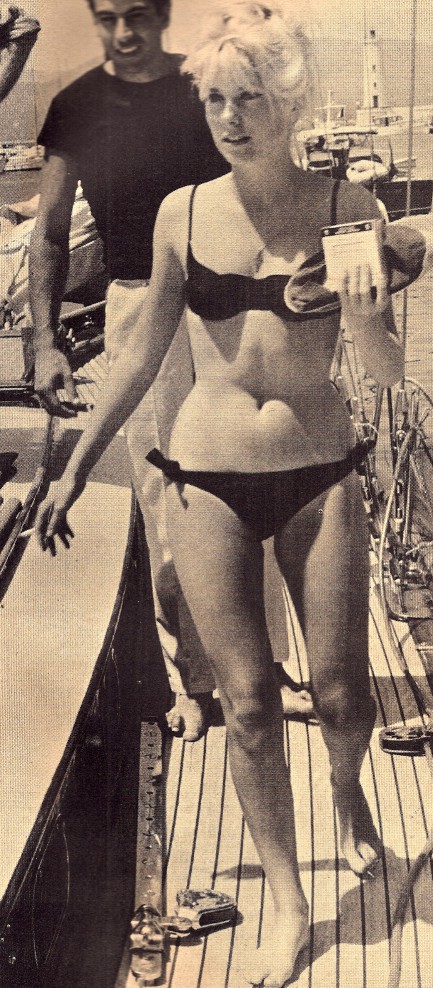
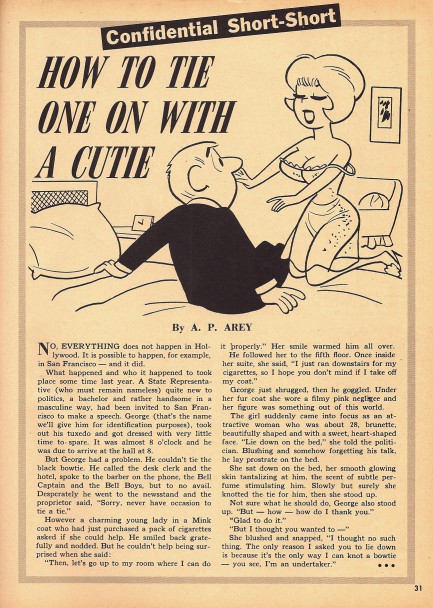
| Femmes Fatales | Jul 4 2014 |

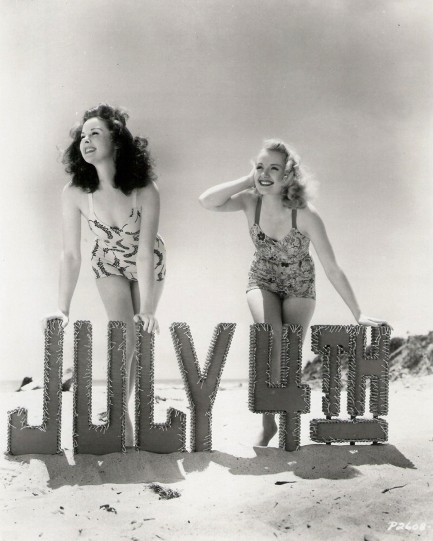
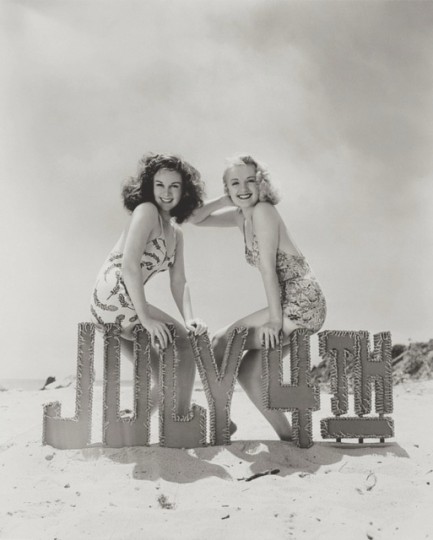
If brunettes and blondes can get along, all of us can. That’s the message we’re taking from these photos of American actresses Susan Hayward, brunette, and Virginia Dale, blonde, made just for today. Our plan is to emulate not only their peaceable attitudes, but to enjoy copious amounts of sun, sand, and fun, but with the added element of many icy cold beverages. Hope you have a similar plan. Enjoy the holiday.
| Femmes Fatales | Jul 18 2011 |

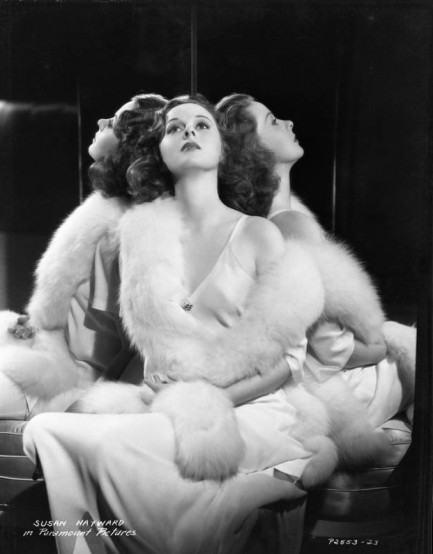
Above, a Paramount promo photo shot by the legendary George Hurrell of American actress Susan Hayward and her famous profile from both sides. Hayward was signed with Paramount from 1938 to 1943, which helps bracket this photo, and the costuming leads us to believe it was probably shot for the film noir Among the Living, which was released in 1941. But we could be wrong. Anyone with better info please feel free to drop us a line.
Well, that was fast. We got an e-mail like fifteen minutes after posting this informing us this photo was shot in 1937. We took a look around the internet using the year as a search term, and sure enough, other photos that appear to be from this session popped up, indeed dated 1937. But, hmmm, we aren't too sure about that. Hayward wasn't signed to Paramount until 1938, and then only to a $200 a week bit player contract. Up to that point she'd had no credited roles at all. Also, from doing this website we've learned how incorrect information can spread across the internet because, well, journalists are lazy. One website gets something wrong and it's wrong everywhere you look for eternity. So we're going to stick with 1941 on this until someone has truly definitive info.
| Hollywoodland | Aug 5 2010 |

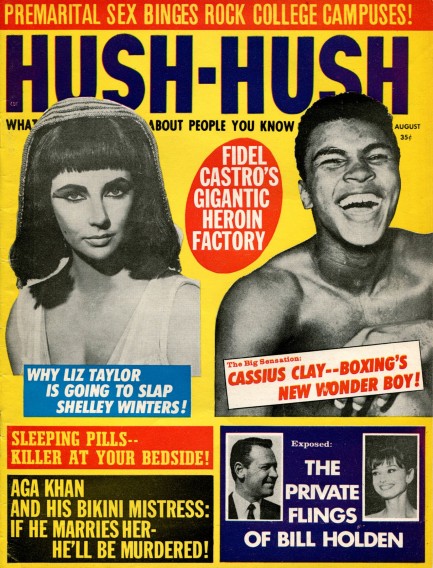
Hush-Hush magazine goes for broke in this issue from August 1963, offering up a slate of tales narrated in their usual breathless style. First, they tell us how Roddy McDowall took nude photographs of Elizabeth Taylor on the set of Cleopatra and tried to sell them, but was thwarted when she “erupted like Mount Vesuvius”. They then demonstrate the limits of their imaginations by telling us that Italian singer Silvana Blasi reacted like “an uncontrollable Mount Vesuvius” when an African-American dancer was hired at the Folies Bergère. Two volcano similes in one issue is bad enough, but the same mountain?
For investigative journalism, Hush-Hush shows us photographs of a dead Carole Landis and an unconscious Susan Hayward, and concludes that sleeping pills are bad. And finally, the magazine stokes the fires of paranoia with two stories: in the first, they explain how Fidel Castro plans to conquer America with heroin, which he’s growing with the help of two-thousand Chinese advisors; in the second, they reveal that the second wife of Dr. Sam Sheppard is a Nazi who plans to revive the Third Reich, and that she’s being helped by—you guessed it—Fidel Castro, who is somehow a communist and a Nazi. Neat trick that.
As we’ve mentioned before, though these stories are laughable, people actually believed them, and believed them by the millions, as evidenced by Hush-Hush’s sales figures. The lesson is clear: the choice between popularity and truth is really no choice at all.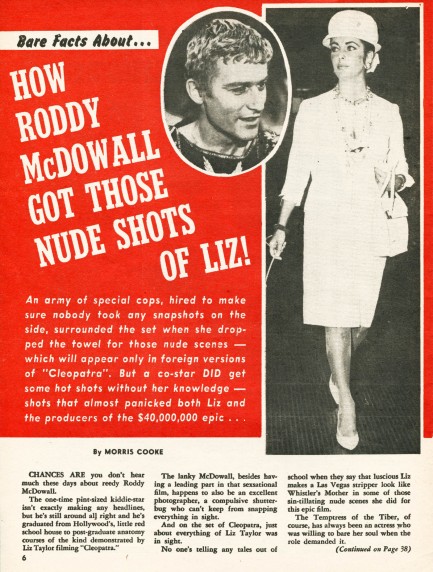
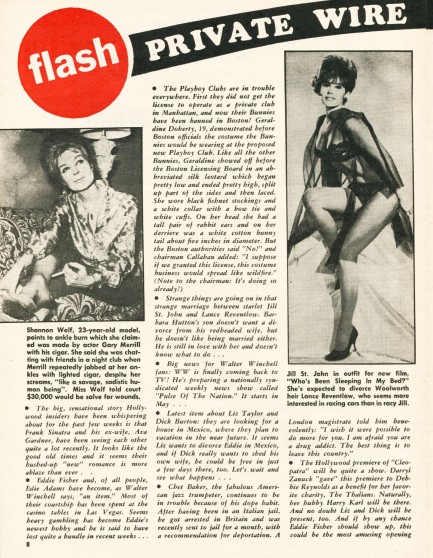
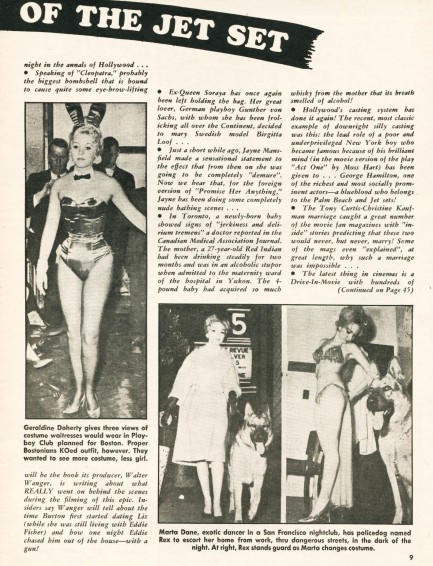
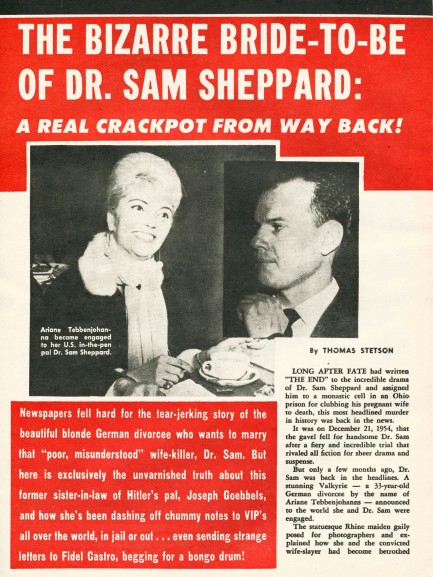
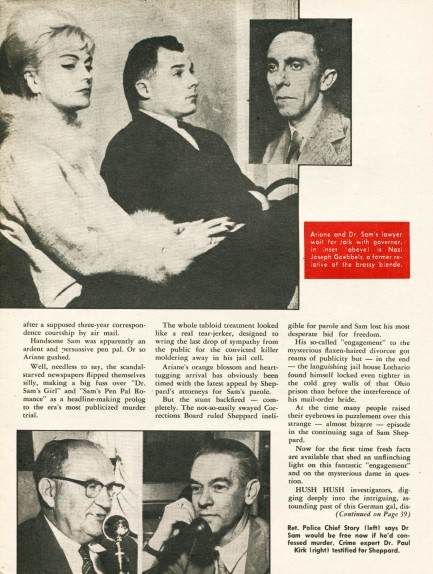
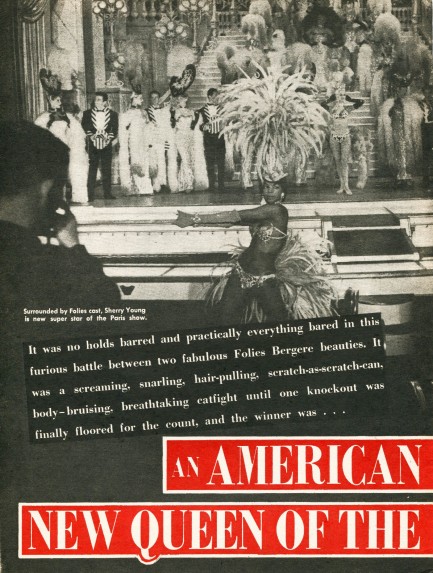
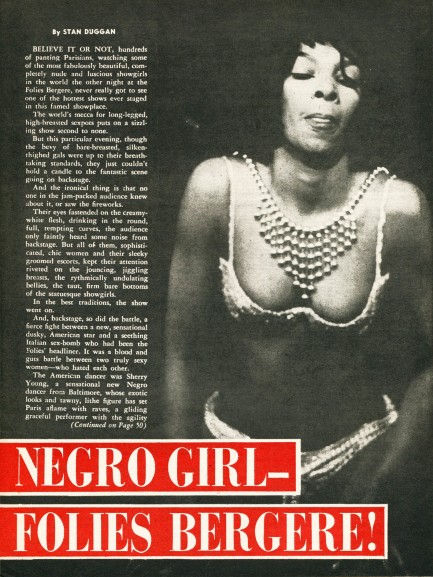
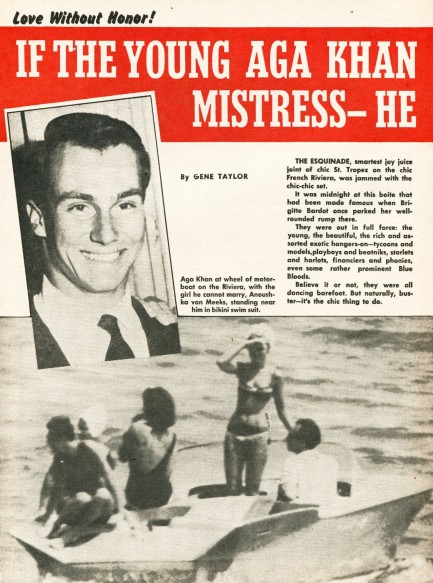
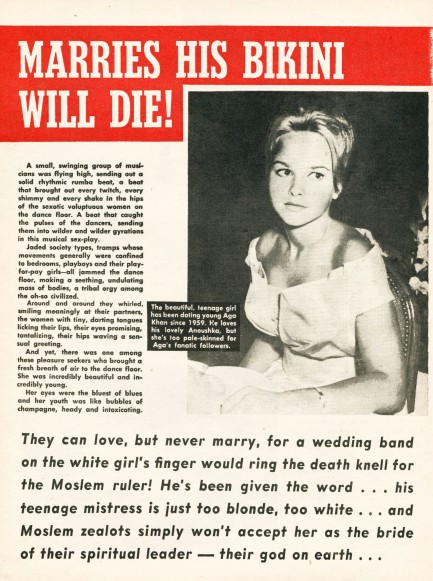
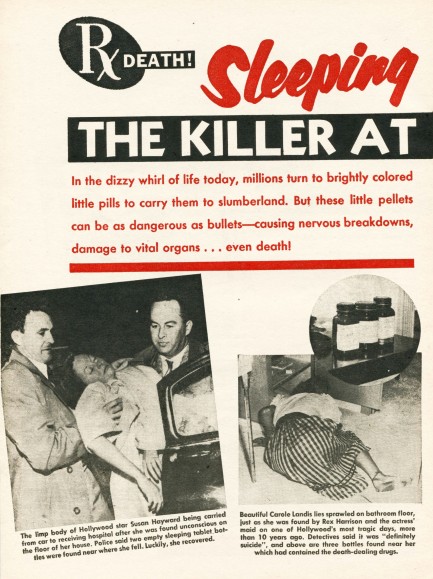
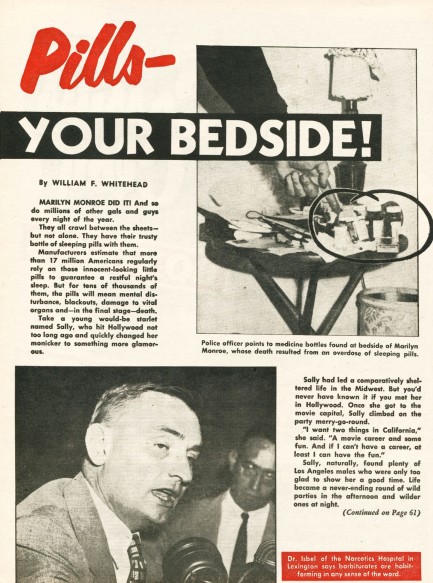
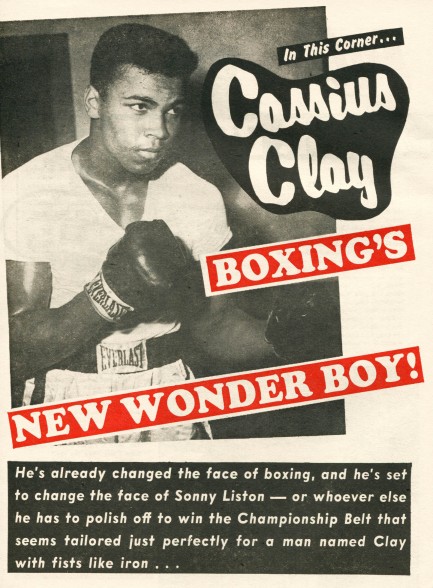
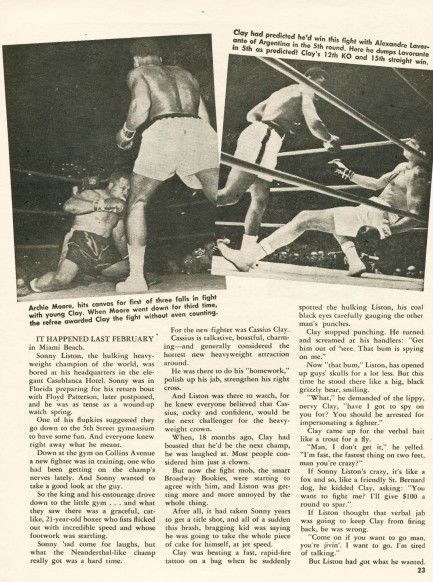
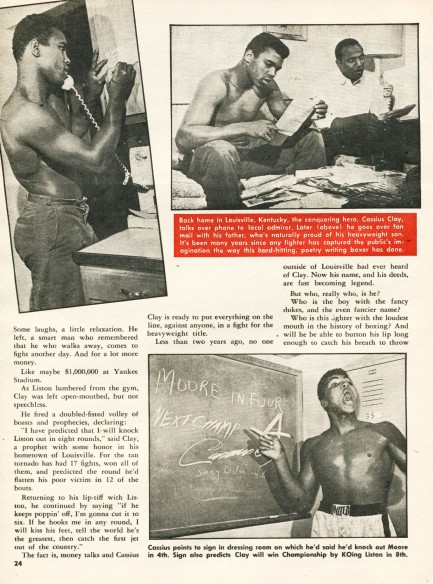
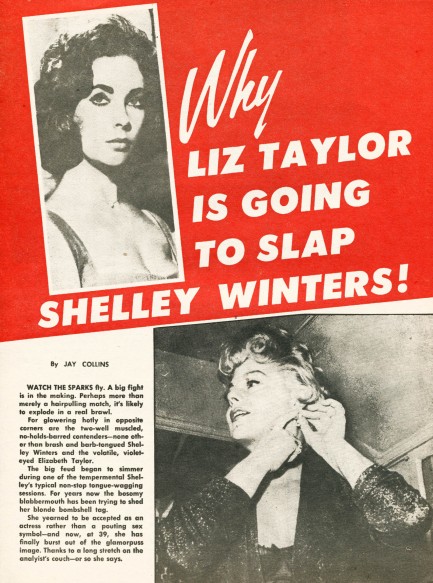
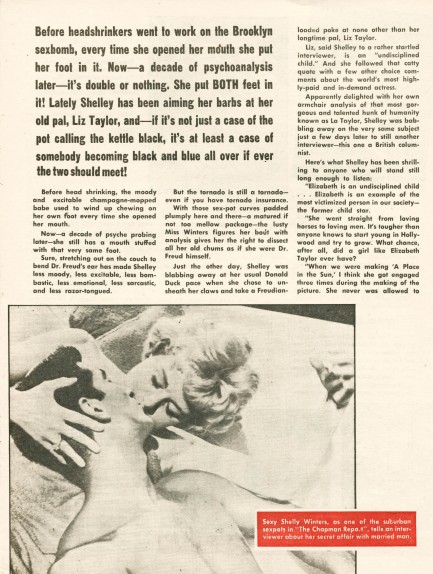
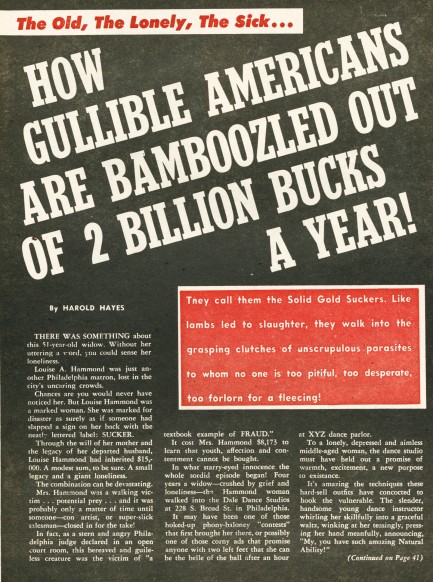
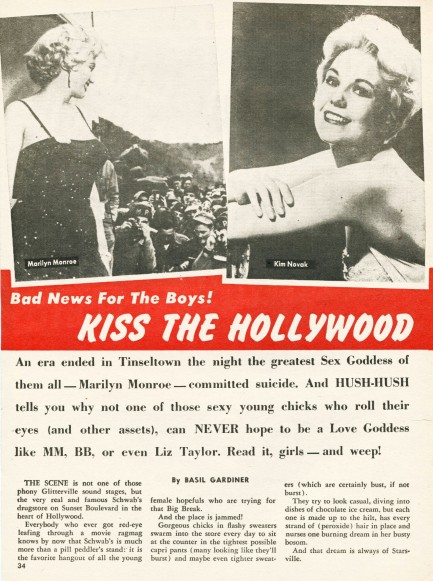
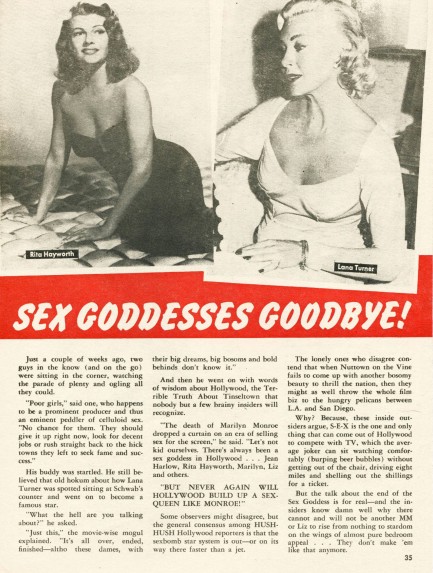
| Vintage Pulp | Apr 19 2010 |

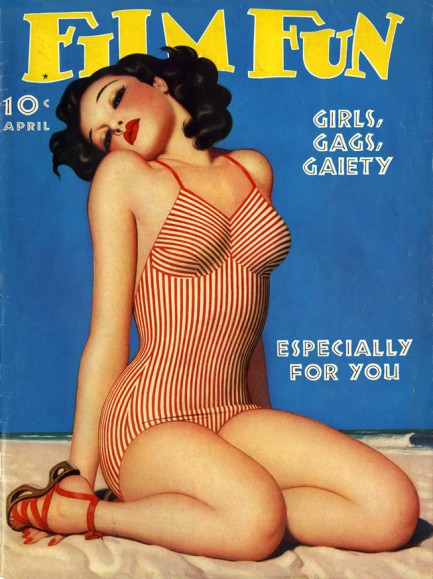
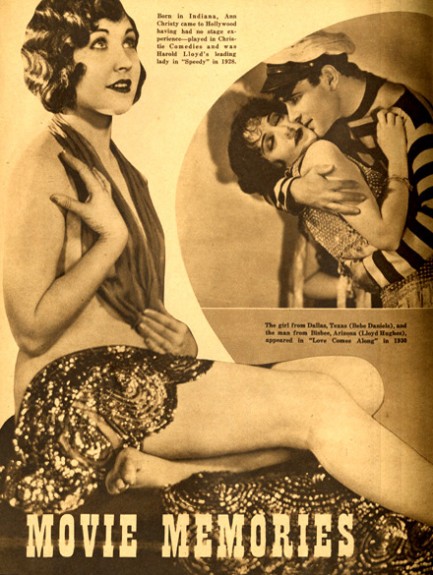
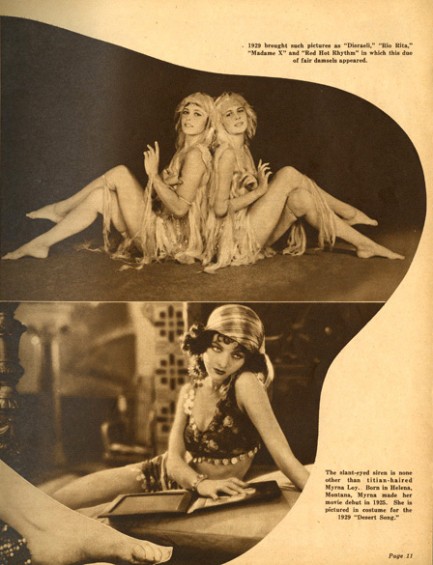
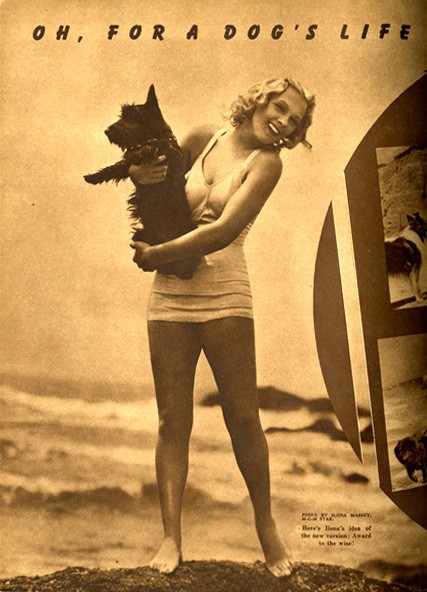
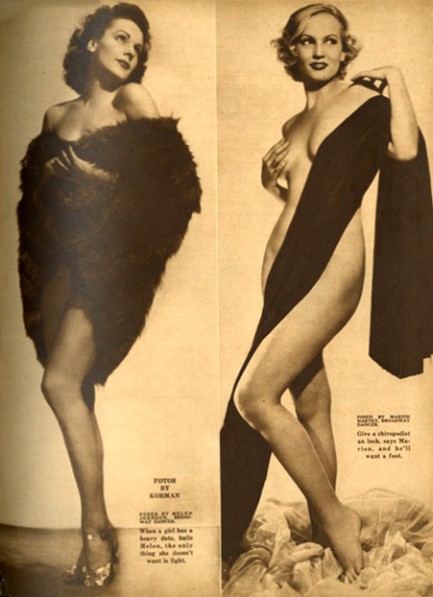
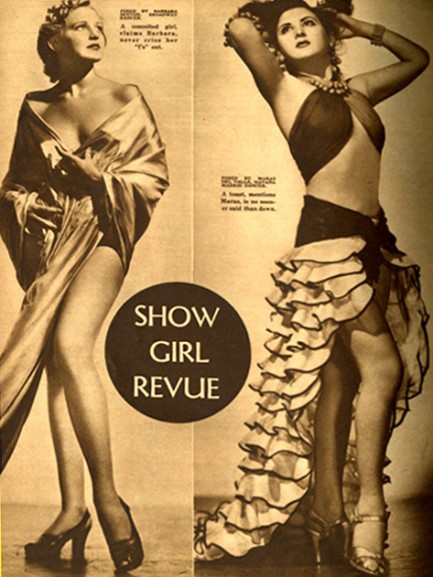
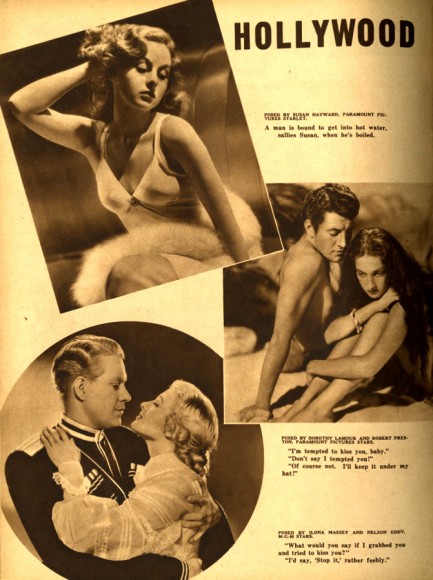
Assorted images from the American celeb magazine Film Fun, April 1940, with stars Myrna Loy, Bebe Daniels, Robert Preston, Dorothy Lamour, Susan Hayward et al.
| Vintage Pulp | Sep 21 2009 |

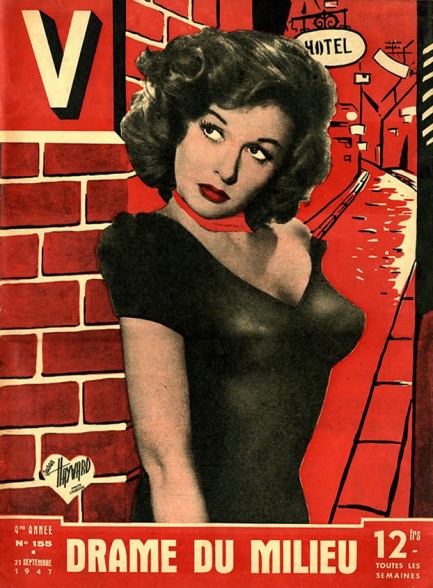
V is one of our favorite vintage publications. This one was published sixty-two years ago today, and features cover star Susan Hayward. V was basically a celebrity and culture magazine, but also emphasized sexuality by publishing artful nude photos. If we’re reading this cover correctly, the magazine launched in 1943—curious, since there was a little thing called World War II raging then. We have a hard time believing a Nazi or Vichy-approved V is the same as the one we’re seeing here, but we’ll look into that. Whatever transition the magazine made from the war to post-war years, in the fifties it changed again from handtinted covers featuring film celebs, to pin-ups conjured from the airbrushes of some of France’s best illustrators, such as the image from René Caillé below. One wonders if these are two distinct magazines with the same name. We'll look into that too. Anyway, Caillé isn’t as well known as pin-up masters like Vargas or Bolles, but as you can see he was a singular talent. We located a few more V covers, and we’ll show you those later.
